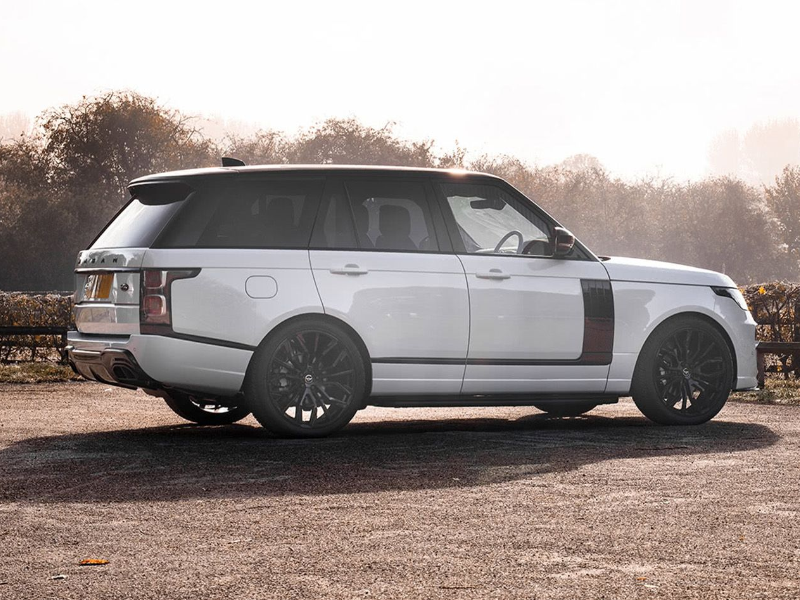Best News On Selecting A Car Rental Site
Wiki Article
How To Check The Coverage Of Rental Insurance Policy When You Rent The Car
Reviewing the coverage of insurance and options provided by the rental company is essential to ensure that you have enough protection and avoid unnecessary expenses. What is the best way to look over insurance when renting a car Learn the basics of coverage. Start by knowing what insurance coverage is included in your rental agreement. Rental companies generally offer basic liability insurance that will pay for the loss of property belonging to a third party and bodily harm in the case of an accident that is your at fault. There could be restrictions to this insurance, as well as deductibles.
Consider Additional Coverage Options In addition to the basic insurance, rental firms offer various optional insurance packages to give you additional protection. Common types of additional coverage comprise Collision Damage Waiver (CDW) which eliminates or reduces the financial liability for damage to the rental car, as well as Loss Damage Waiver (LDW) that covers theft or damage to the rental car.
Assess Coverage limits and Deductibles. Look at the limits of coverage and deductible for each insurance type. Find out how much the insurance will cover for loss or damage, and also the amount you must pay (deductible) before the coverage is established.
Check your Personal Insurance Policies: Check whether your insurance policy for autos or your credit card has protection for cars you rent. Certain credit cards will provide insurance protection for rental cars in the event that you pay for your rental with the card. Similarly, your personal auto insurance policy may cover rental cars, however the amount of coverage is different according to your policy and insurance provider.
Examine Your Risk Tolerance Think about your risk tolerance as well as your financial situation when deciding whether to purchase additional insurance coverage. If you're worried about damage or theft of the rental car and want peace of mind, purchasing additional insurance may be worth the expense. If you already have sufficient insurance coverage from other sources it is possible to choose not to use the rental's insurance options in order to save money.
Check out Exclusions. It is important to inquire with the rental company if there are any restrictions on insurance coverage. For instance, there are limitations on off-roading, non-authorized drivers, or commercial use. Be sure to be aware of the specifics of the policy to avoid unpleasant unexpected surprises.
Document existing damage: Prior to taking possession of your rental car you should thoroughly inspect the vehicle for any evidence of damage. Record any dents or scratches on the rental contract, and capture photos or videos to provide evidence. It will protect you against being held liable for any damage you may have caused before returning the vehicle.
If you carefully review the insurance options and coverage offered by the rental company You can make educated choices to ensure that you are covered with appropriate protection during your rental time while reducing the amount of unnecessary expenses. Have a look at the top rated rent a car examples for blog tips including car rental rent a car, car rental car, one day car rental, rent a mercedes, trip rental car, hire car hire, ecotic car rental, good rent a car, one day car rental, hire car hire and more.

What Are The Best Ways To Examine The Vehicle For Signs Of Damage?
It is recommended to inspect the vehicle for indications of wear or damage prior to you accept it. This is to prevent being held liable for any issues that were already there. To conduct a thorough check make sure to follow these steps:
Explore the car's exterior and examine the car for scratches, dents, marks, or any other damage.
Particular attention must be paid to parts like bumpers, mirrors, doors and other parts that could easily be damaged.
Examine the windows and windshields for chips, cracks, or other damages.
Check under the car for indications of leaks or damage to the undercarriage.
Interior Inspection
All doors should be opened, including the trunk and inspect the inside of the car.
Examine the seats, upholstery and carpets to look for stains.
Examine the adjustments of all seats, including the driver’s seat to make sure that they function correctly.
Check the dashboard, the steering wheel and all controls to determine if they are damaged or not functioning properly.
Check the condition and efficiency of the cooling, heating and ventilation system.
Test the audio system, the lights turn signals, other electronic features.
Functional Inspection
Start the car, and look at the dashboard for any errors or warnings.
Test accelerator and brakes (if appropriate) for smooth operation.
Make sure that the brake lights and turn signals, as well as the high beams and headlights are working correctly by turning them off.
Check the washer fluid, emergency/parking brake, windshield wipers, and horn washer fluid.
Record any damages.
Make use of a rental contract form supplied by the rental company, or an app on your phone to note any damage or problems that may be present.
Take pictures and videos from multiple angles. Be aware of the wear and tear or damage.
In the rental agreement be sure to note the location as well as the severity and size of any dents, scratches or other damage.
If you discover any damages, notify the representative at the rental car company before accepting the vehicle.
Report any damage:
Inform the agent who is renting you of any damage or issues that you observed during your inspection.
Inquire that they record the damage on their files and provide you with copies of the report of inspection.
Sign the rental agreement form or the inspection report with a representative from the rental company, to acknowledge any damages that may be present.
You can stay out of the risk of being held accountable through these measures, and examining the car carefully for signs of wear or damage prior to accepting it.

How Do You Know The Rental Agreement Contains Roadside Assistance, Etc.
To determine if your rental agreement offers roadside assistance for breakdowns, flat tires or any other emergency during the rental period Follow these steps: Read the Rental Agreement Take the time to read the rental agreement provided by the rental company. Look for any provisions or sections that refer to emergency services or roadside help. The terms and conditions must be part of the rental agreement for any included coverage.
Look over the Included Services. Find out more information about the services that are included in your rental agreement. This could include things like towing or jump-starts.
Be aware of the restrictions applicable to your coverage. There could be limitations on the assistance provided by roadside assistance, like the maximum number of service visits per rental period, or the limits of the service.
Verify Availability: Find out if roadside assistance is readily available and whether there's an emergency hotline or copyright in case of emergencies. It is essential to have all the information you need as well as your contact information should you ever require assistance while you are renting.
Ask Rental Company Representatives: Do not hesitate to ask rental representatives for clarification on the specifics of roadside coverage aren't stated in your rental agreement. To find out more about their roadside policy, contact the customer service department of the rental company by either phone, email, or live chat.
You may want to consider purchasing additional coverage. They may provide enhanced coverage or other services for a fee.
Plan for Emergencies. Learn how to ask for roadside assistance and what steps you need to take in case of breakdown or emergency. Make emergency contact numbers for the rental company, including its roadside assistance hotline, stored in your mobile or in the rental car for easy access.
You can take these steps to find out if roadside assistance is covered in the rental agreement. In addition, you'll also be able to understand the terms and condition of the insurance. In this way you're ready for any emergency that may happen during your rental.
